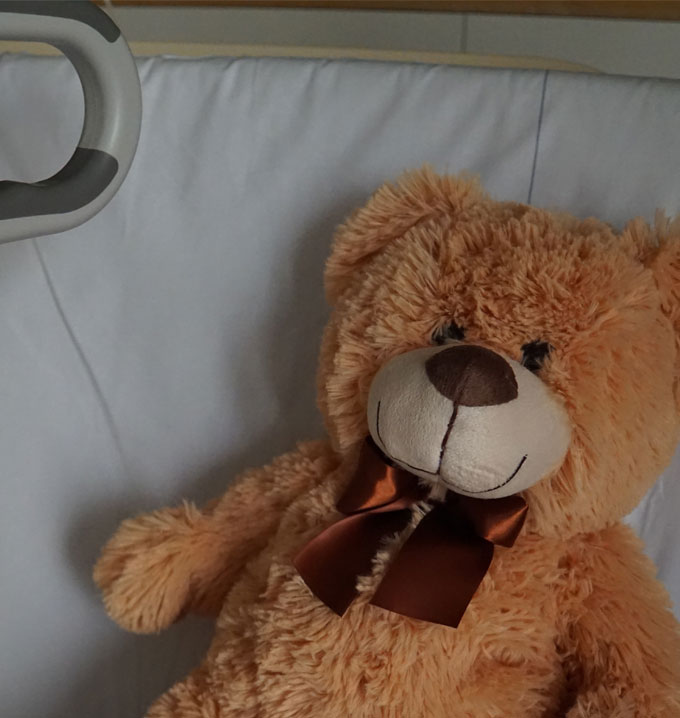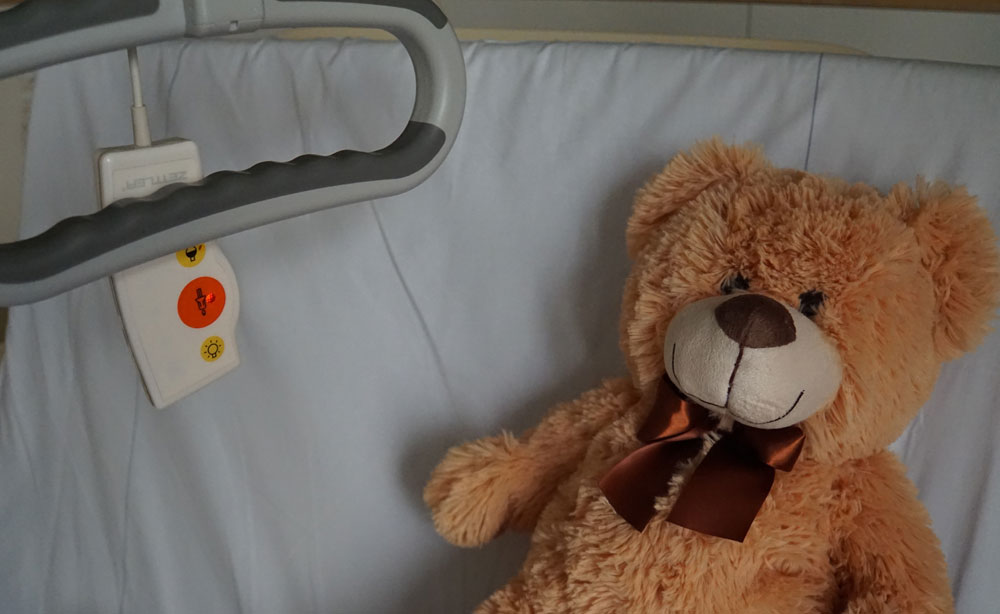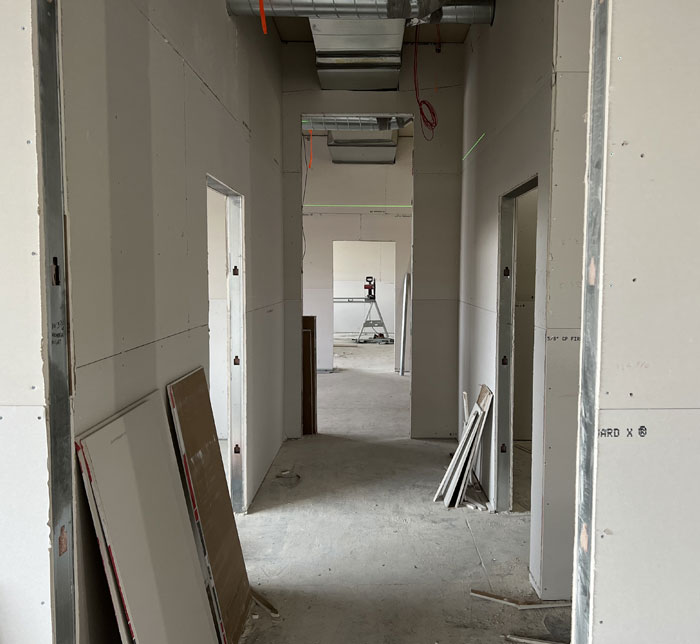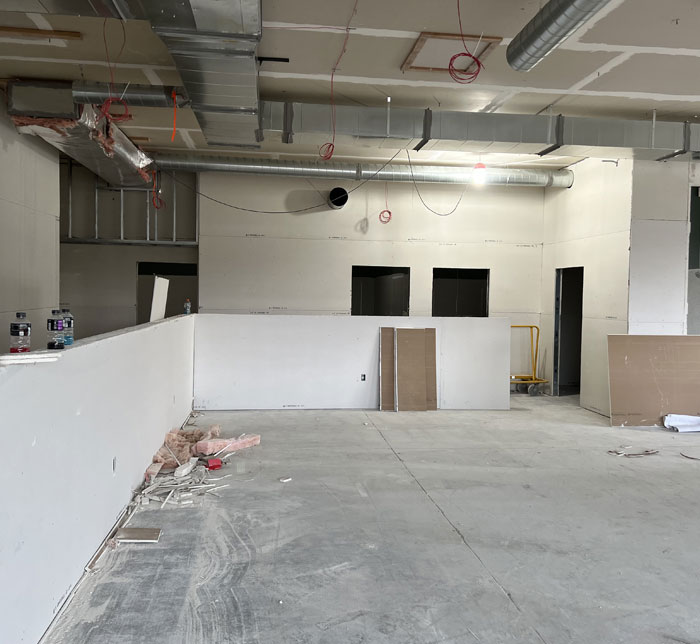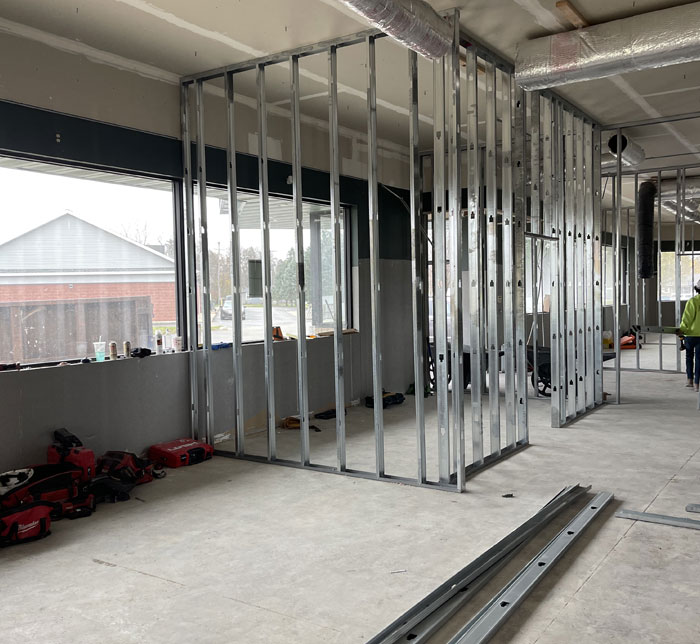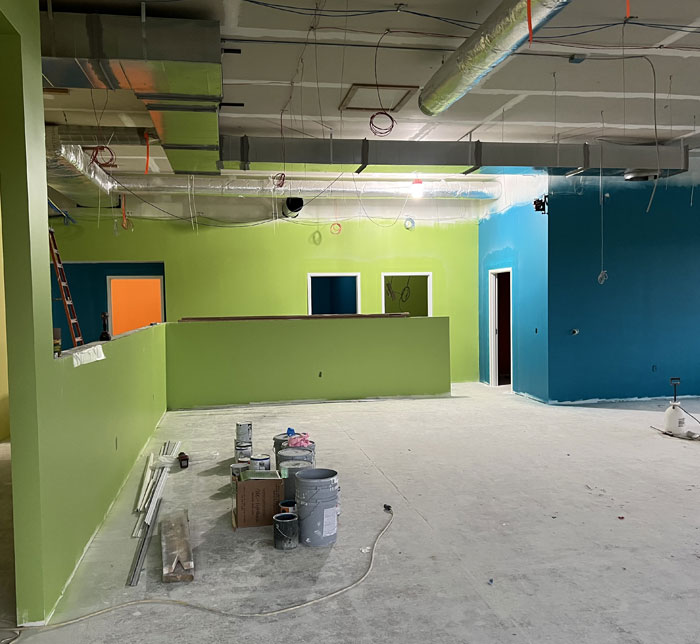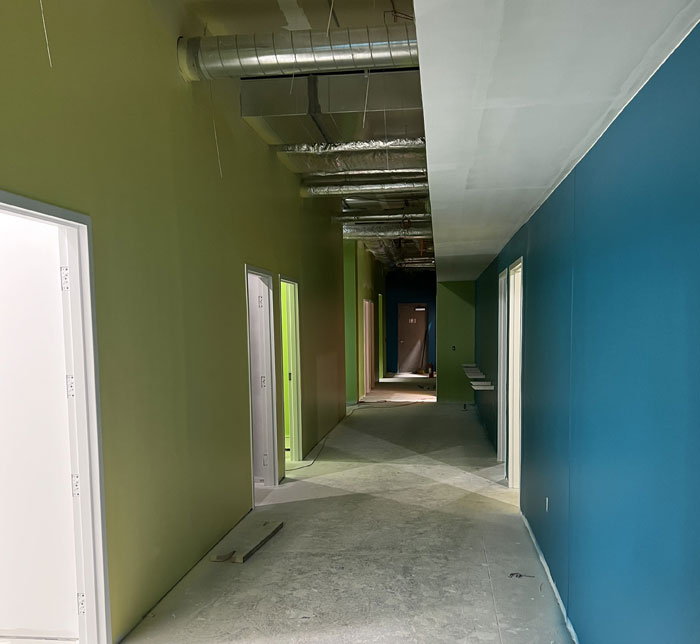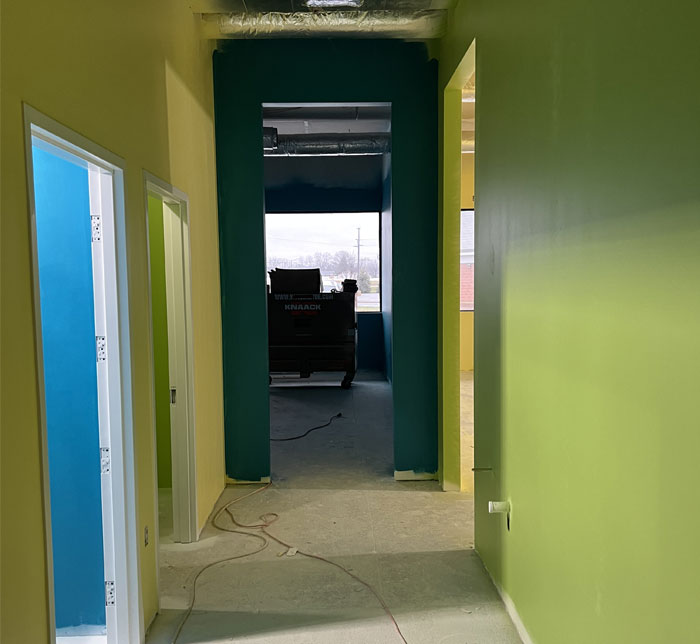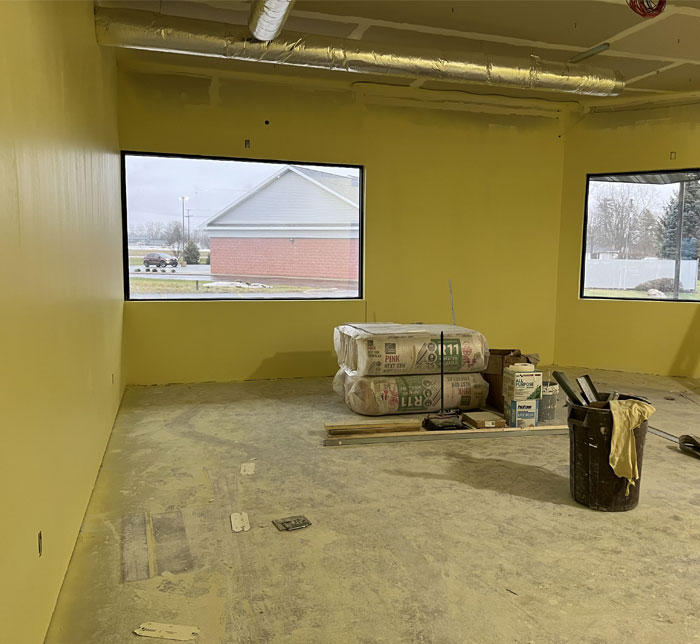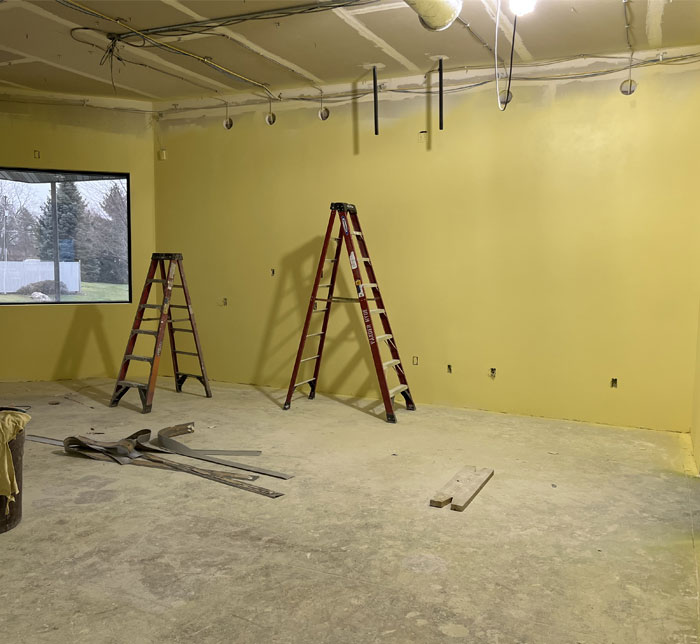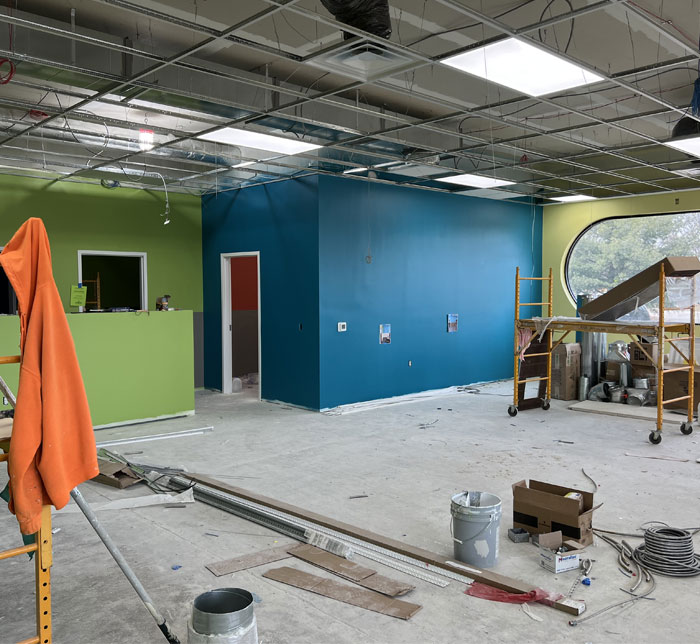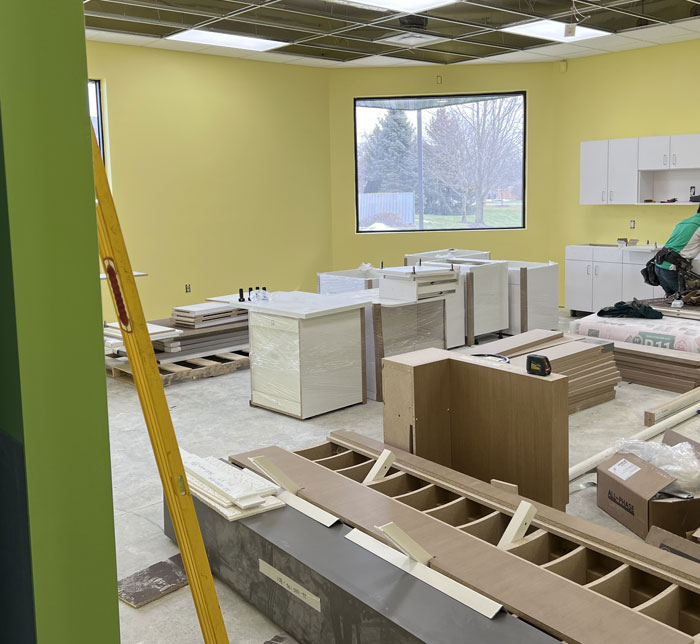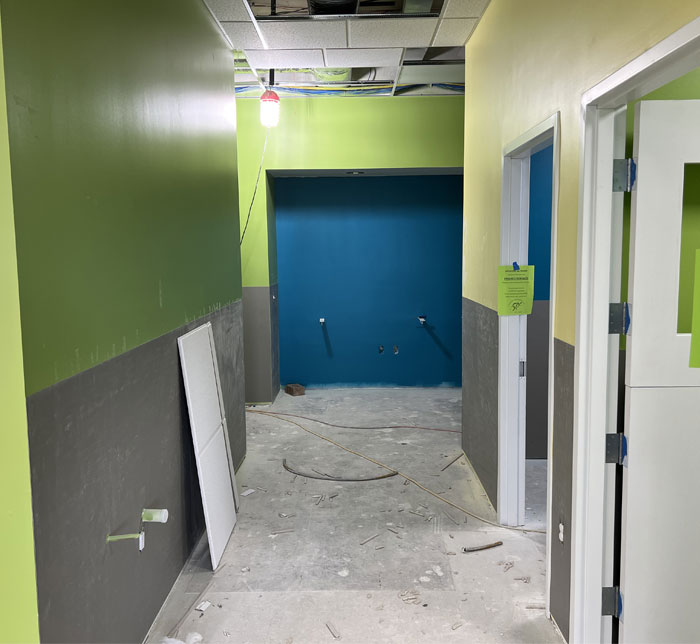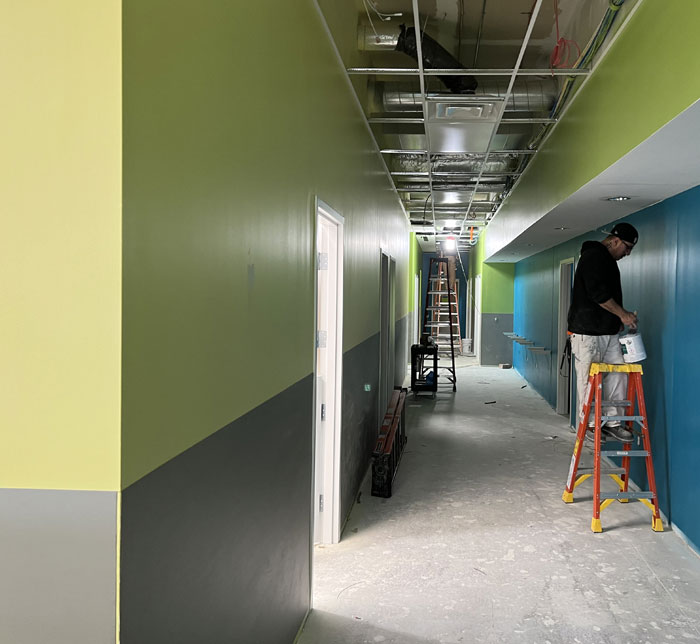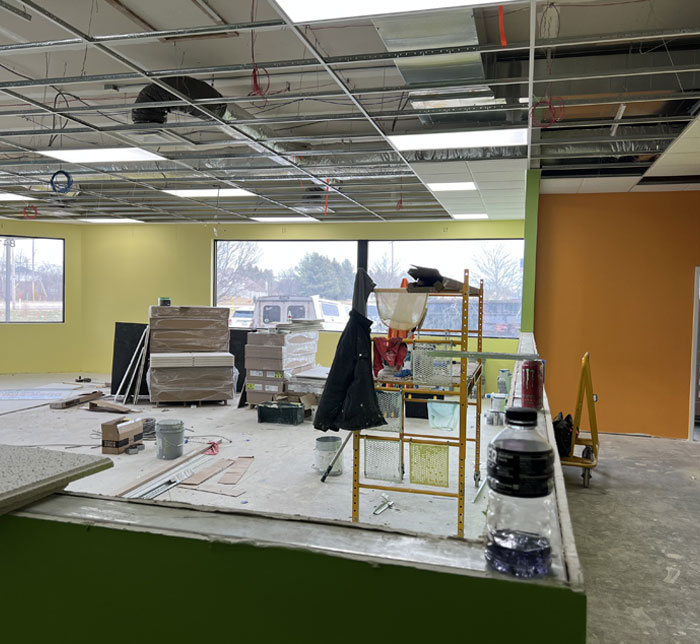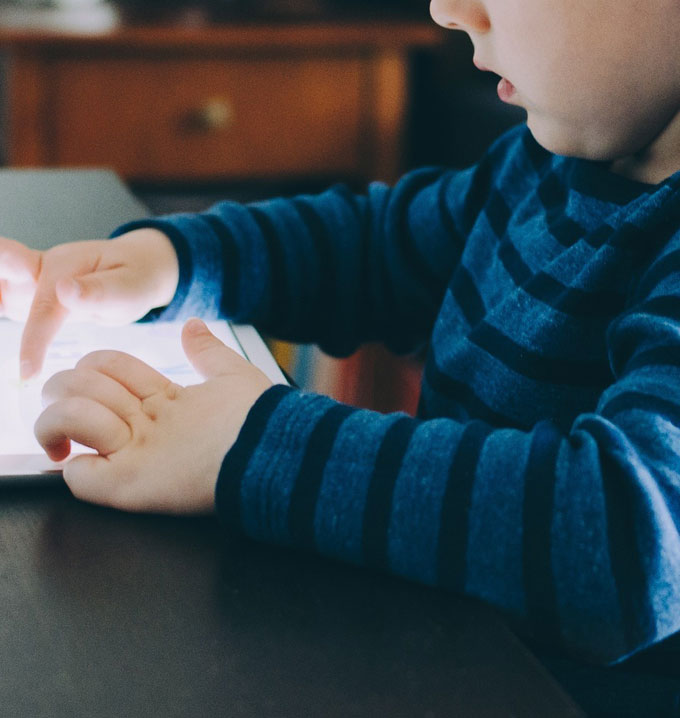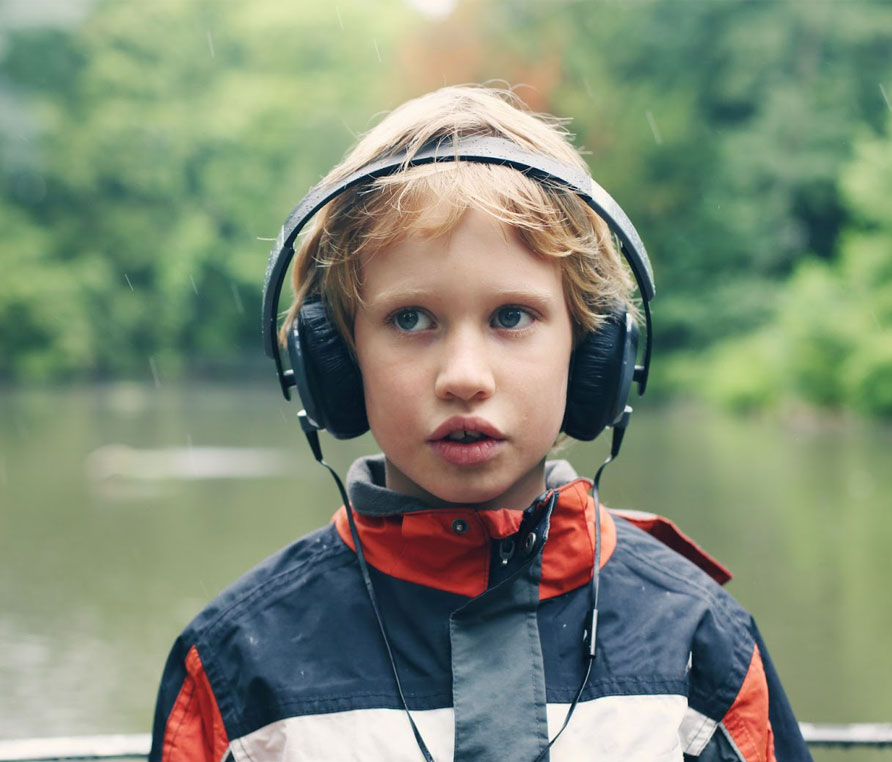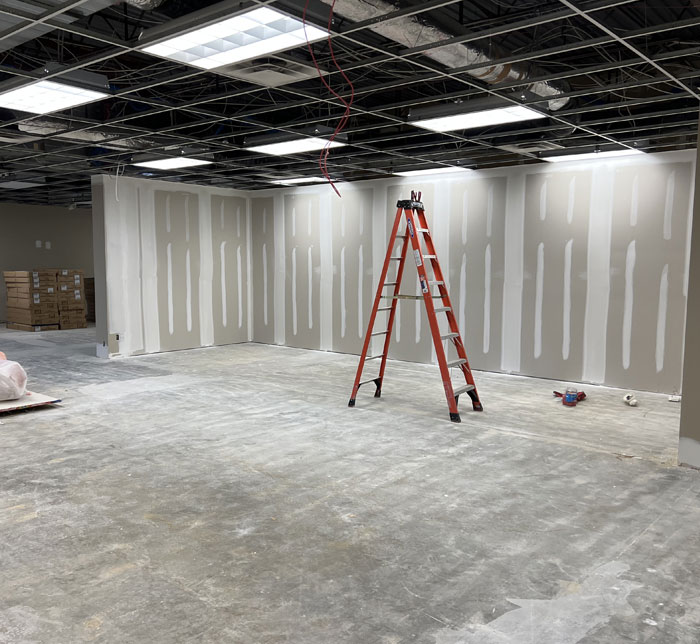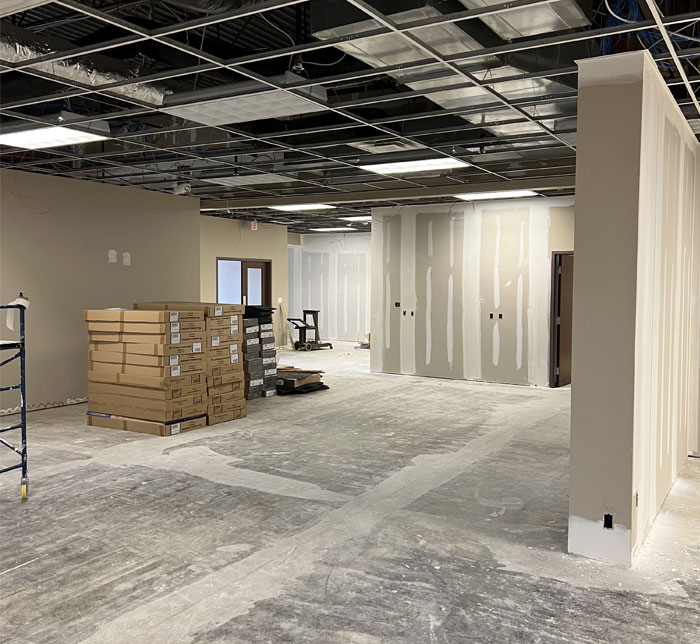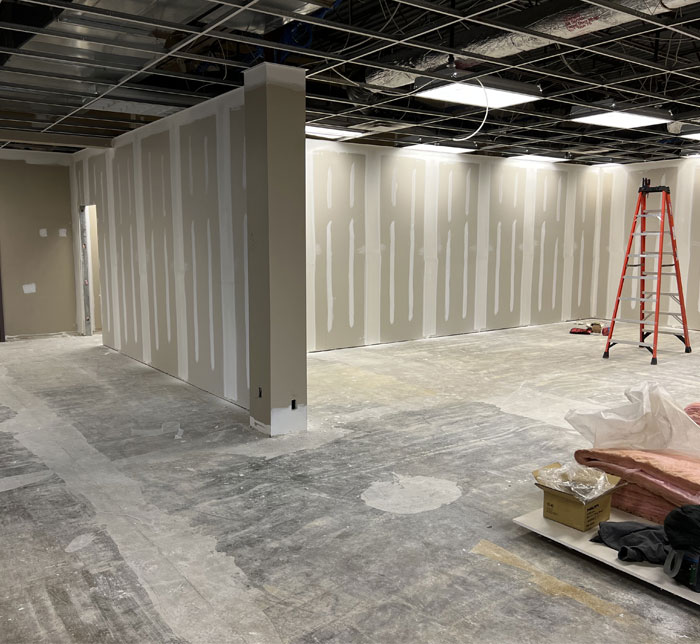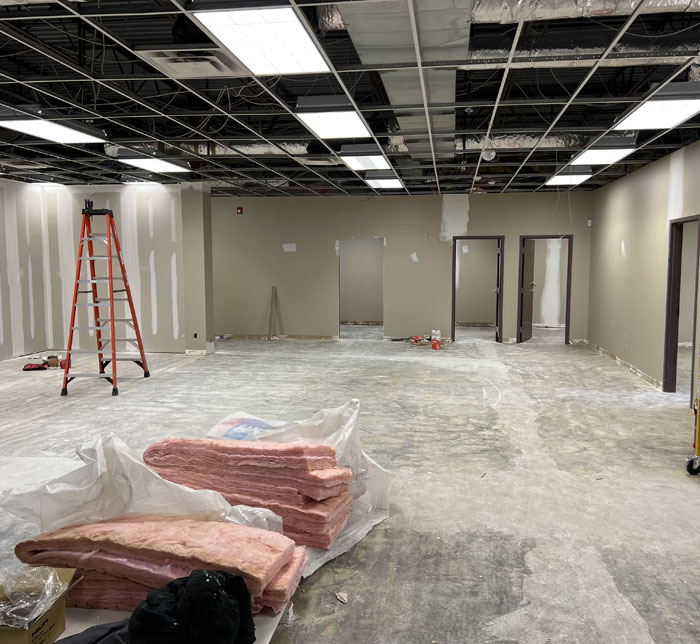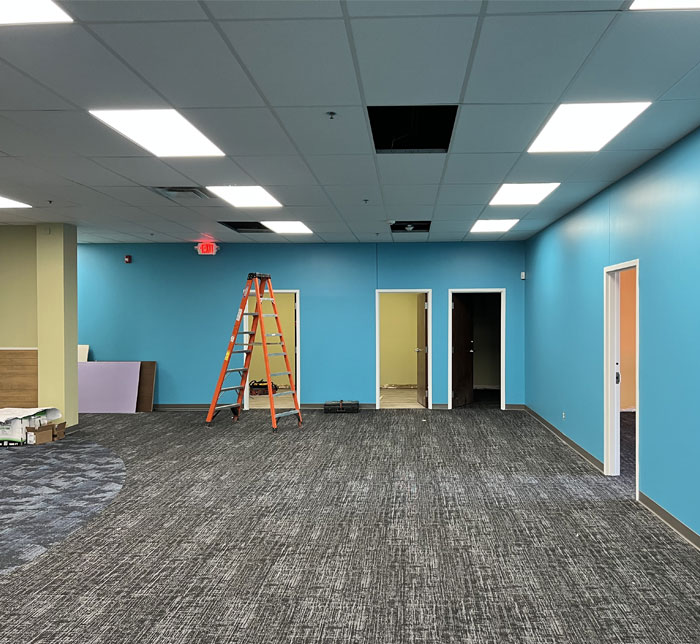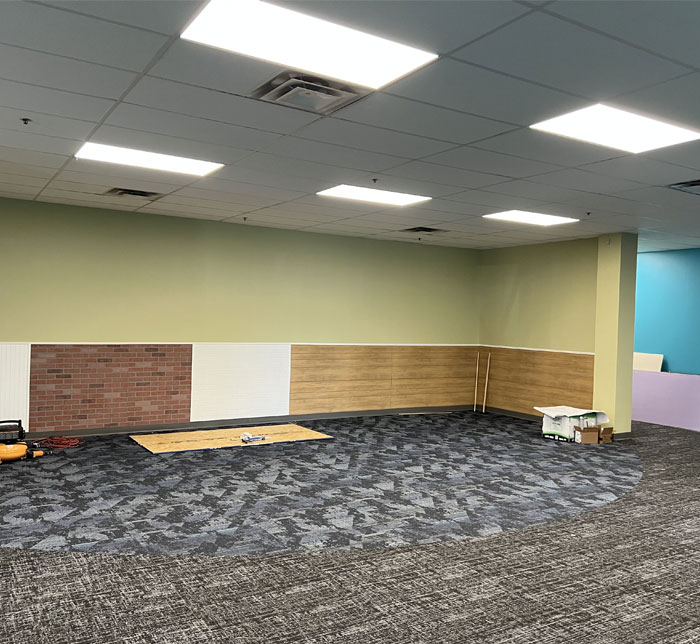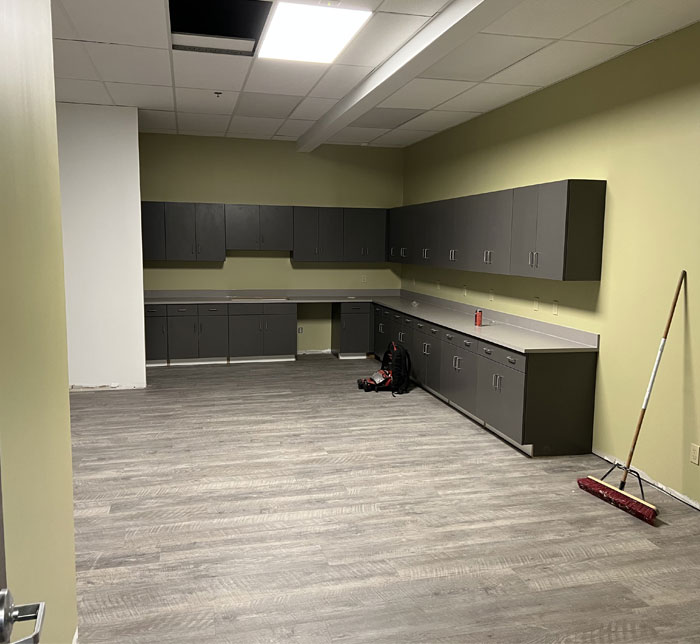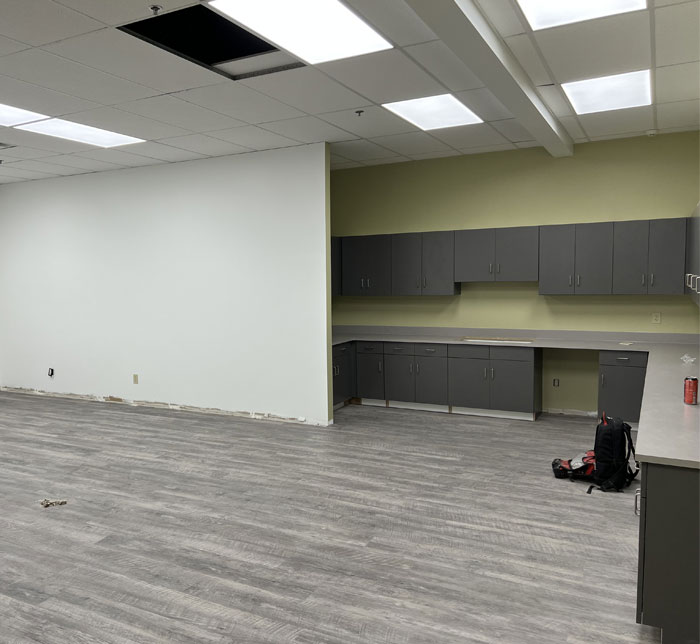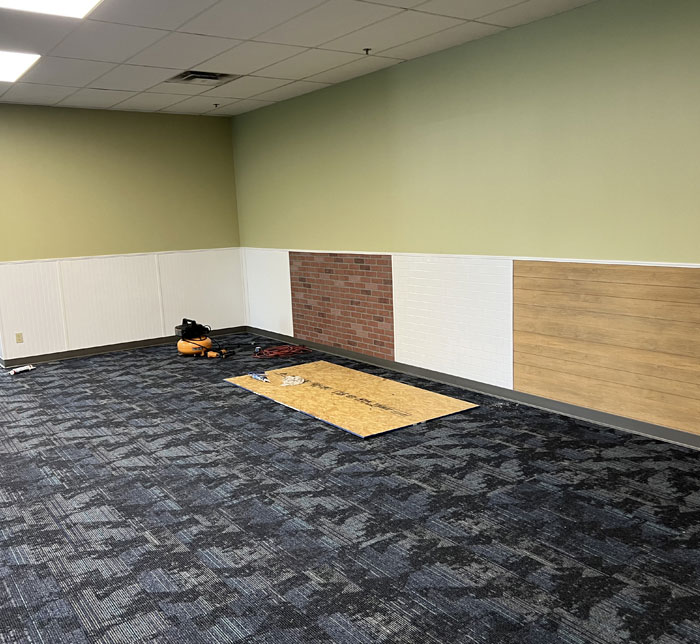Learn how assistive communication technology is used in ABA to improve social communication and behavior in autistic people.
Technology and ABA
Applied Behavior Analysis (ABA) is an indispensable tool used in the treatment of Autism Spectrum Disorder (ASD). Thus, it stands to reason that ABA therapy is inextricably linked to technological advancements that improve the quality of ABA for therapists and patients alike.
Assistive communication devices for autism
Figuring out how to improve social communication skills in autism sits at the heart of ABA therapy. Many practitioners and patients often turn to technology for solutions.
The development of assistive communication devices for autism has tracked the rise of technology, and these have been employed with great success in recent times. Here are some of the most innovative new developments in the technological dimension of ABA, focusing on assistive communication technologies and devices for autism.
Augmented Reality (AR)
Studies have shown that Augmented Reality (AR) technology provides an enjoyable and stimulating environment, which reduces boredom in autistic people while increasing enjoyment and motivation.
AR also improves social skills and communication in patients with an increased interest in the education process through participation.
In early experiments with Google Glass, the camera would interpret facial expressions of people for the patients and display a corresponding emoji. This provided therapists with a deeper understanding of the link between social situations and the behavior of autistic people. Additionally, the use of AR role-playing and interactive autism games for social skills significantly boosted the recognition of social cues.
Virtual Reality (VR)
Although virtual reality (VR) has been around for a long time, it has only recently become more accessible and affordable. Head-mounted displays (HMDs) like Google’s Cardboard, which houses a smartphone loaded with a VR autism app, have demonstrated remarkable improvements in autistic people – especially with social functioning, emotion recognition, speech, and language.
Video-modeling
Incorporating video into ABA is largely based on Albert Bandura’s social learning theory (1977). This simply means people learn by watching and copying each other.
Video-modeling, according to modern parlance, is less threatening to autistic children than face-face modeling and seems to be more motivating. It also allows patients to focus on one or two skills at a time without overwhelming them.
Mobile apps
There has been a surge in the development of applications or apps to turn our mobile devices, like tablets and phones, into assistive communication devices for autism. Here are a few apps that have successfully dealt with communication and behavioral issues in autistic patients.
Language and Cognitive Therapy for Children (MITA)
Operating System – Android and iOS
This app delivers an almost unlimited number of cognitive exercises for autistic children with speech delays. Having passed clinical studies, MITA (which stands for Mental Image Therapy for Autism) uses simple vocabulary with higher forms of language and adaptive activities specifically for early intervention. Other features include playtime rewards and offline viewing.
Symbotalk
Operating System – Android and iOS
Symbotalk helps autistic children to communicate verbally through flexible boards and sub-boards, as well as augmentative and alternative communication (AAC) systems.
The app helps children associate symbols and pictures with audio. It also allows you to upload your own images and record your own voice to make it easier for the child.
Proloquo2Go
Operating System – iOS
This is not a free app but has won awards for innovation in giving a voice to children who can’t speak. Autistic children who find speech and communication difficult are able to communicate complexity through a highly intuitive interface.
Parents and therapists can configure grammar, while core words can be learned through associated movement.
Leeloo
Operating System – Android and iOS
Based on augmentative and alternative communications (AAC) as well as picture exchange communication systems (PECS), Leeloo uses cards to match words and phrases to images.
Once a card is selected, Leeloo reveals a list of words and phrases associated with that image, then reads out the word or phrase the child selects in up to 10 different voices.
Otsimo
Operating System – Android and iOS
Otsimo improves both speech development and behavior in autistic children and adults.
With over 50 games, the app supports ABA interventions through the provision of progress reports as well as the ability to personalize each game to the needs of the individual child.
ABC Autismo
Operating System – Android
ABC Autismo focuses on enhancing learning in autistic children through the use of over 40 interactive activities that promote attention and focus. Therapists and psychologists also use it as an evaluation tool to assist in diagnosing autism and other mental disorders.
Autastico II
Operating System – Android
Autastico II focuses on improving cognitive skills, attention, and motor coordination through activities, sound, and music. Unlike other apps that are primarily functional, Autastico II also emphasizes entertainment and fun through engaging content and striking graphics.
Dino Tim
Operating System – Android
Dino Tim is a fun learning app for autistic children. The app follows the storyline of Dino Tim and his family, who are kidnapped by witches. Children are then required to become heroes to rescue them from the witches by conquering over 100 puzzles and activities that boost motor skills and increase attention and concentration.
Wearable assistive technologies (WAT)
Wearable assistive technologies (WAT) are making it possible for autistic people to re-enter classrooms and other clinical environments to learn and even venture into real-world social situations through the use of real-time feedback.
As the technologies mature, autistic people can navigate social interaction using WAT like smartwatches with haptic responses, augmented reality headsets like Google Glass, and almost invisible hearing aids.
Hearing aids
Modern hearing aids have become so advanced that they can assess the acoustics of a room or environment and then remove sounds that it doesn’t recognize as speech.
Even more impressive is that some hearing aids can simulate high-definition sound for music and speech. Better still is that they can be configured and controlled using mobile devices like phones and tablets.
Neural command
Neural command makes it possible for people to control devices simply by using their brainwaves. Not unlike common software that converts text to speech on our mobile phones, neural interfaces (although still in their infancy) are being developed to integrate with speech-generating devices that allow people with severe speech impediments to “talk” using their thoughts and specially designed headsets.
Robotics
Advances in robotics aid in teaching autistic children social skills while keeping them focused during their therapies.
A recent study using NAO, a robot created by SoftBank robotics, also showed that with appropriate software, robots can be used to assess autism in children through observing play and interaction.
Artificial Intelligence (AI) and machine learning
It has recently been established that machine learning models can help predict ABA treatment programs for children with ASD and significantly assist ABA practitioners in prioritizing resources for the management of ASD from diagnostics through to intervention.
Lighthouse Autism Center
Lighthouse Autism Center is the Midwest’s leading autism therapy institution, with world-leading autism resources and a ground-breaking Lighthouse Fusion® ABA Therapy program that fuses the best practices of ABA and speech therapy into a one-of-a-kind clinical model that delivers better outcomes for children with autism.
Together, we can unlock your child’s potential
